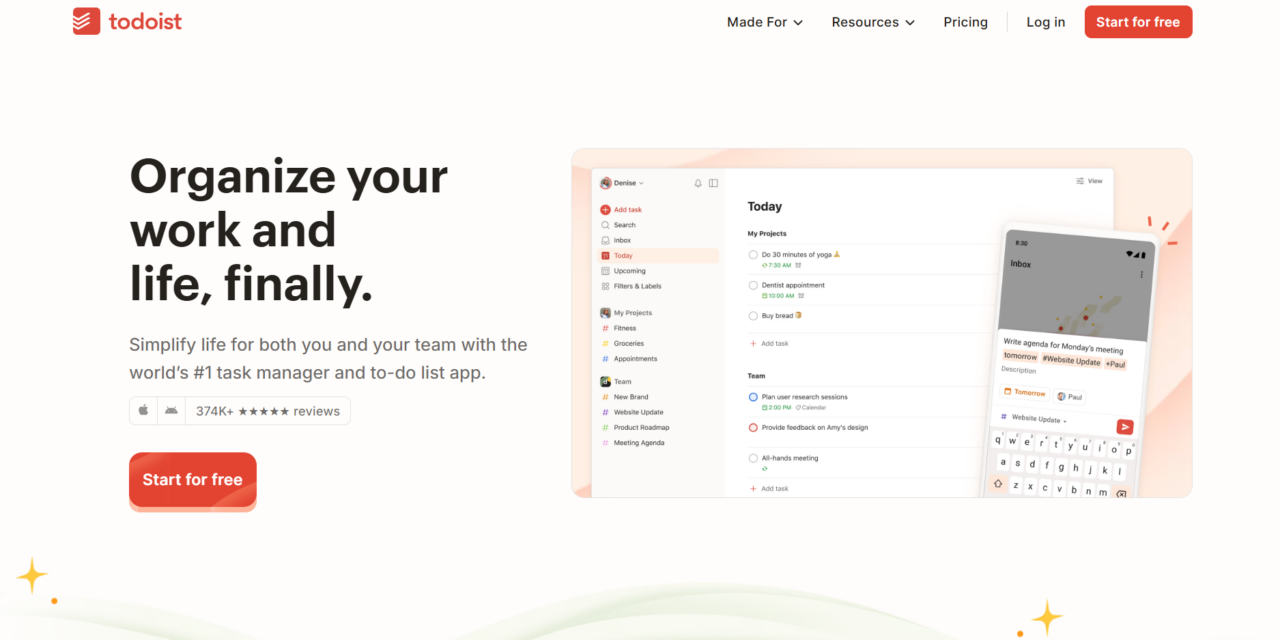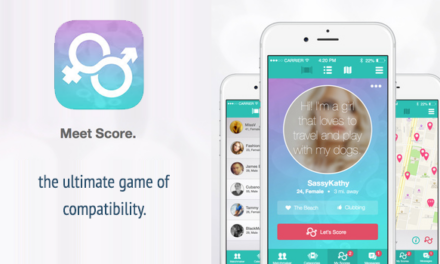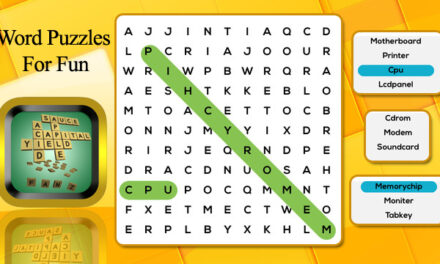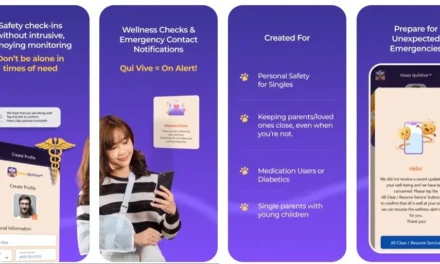In today’s productivity-driven world, managing tasks efficiently is essential. Todoist has quickly become one of the most popular daily planner apps thanks to its powerful features, clean interface, and cross-platform capabilities. But is it really worth using in 2025? Here’s a full breakdown to help you decide.
✅ Overview
App Name: Todoist
Category: Productivity / Task Management
Platforms: Android, iOS, Windows, macOS, Web
Pricing: Free with optional Premium plan
🔍 Key Features of Todoist
- Task Management – Add tasks with due dates, priorities, and labels
- Sections & Subtasks – Organize projects into sections and break tasks down into manageable steps
- Recurring Tasks – Create repeating tasks using natural language (e.g., “every Monday”)
- Collaboration – Share projects with others and assign tasks
- Productivity Tracking – Built-in “Karma” system to track your progress over time
- Cross-Platform Sync – Real-time syncing across all devices
- Third-Party Integration – Works with Google Calendar, Gmail, Slack, Alexa, Outlook, and more
- Offline Mode – Access and manage your tasks without an internet connection
✅ Pros of Todoist
✔️ Simple, intuitive interface – Ideal for both beginners and productivity pros
✔️ Highly customizable – Labels, filters, themes, priorities, and reminders
✔️ Smart scheduling – Natural language input makes task entry fast and efficient
✔️ Collaborative features – Great for teams and shared project management
✔️ Gamified productivity – The Karma feature motivates consistent task completion
✔️ Dark mode & widgets – Personalize the app to suit your working style
❌ Cons of Todoist
❌ Premium features are locked – Reminders, labels, and filters require a subscription
❌ No built-in calendar – Needs integration with external calendar apps for full scheduling
❌ Learning curve for advanced filters – Custom filters are powerful but may require time to master
📱 User Experience
Todoist offers a sleek and modern UI that works beautifully across mobile, desktop, and web platforms. The onboarding experience is smooth, and the natural language input makes adding tasks surprisingly fast.
You can organize your entire life into projects—like “Work”, “Groceries”, “Fitness”, or “Vacation Planning”—and further break them down with sections, due dates, and reminders.
The focus on minimalism and structure makes it ideal for both personal productivity and team-based projects. Todoist is also frequently updated, keeping the app fresh and feature-rich.
💰 Pricing
- Free Plan: Basic task management, up to 5 active projects
- Pro Plan: $4/month – Includes reminders, themes, filters, and up to 300 projects
- Business Plan: $6/user/month – Team collaboration tools, admin roles, activity logs
📦 Best Use Cases
- 🧑💼 Professionals managing multiple projects
- 🧑🎓 Students planning assignments and classes
- 🧘♀️ Individuals building habits and tracking daily tasks
- 👨👩👧👦 Families or roommates coordinating shared tasks
🛠️ Alternatives to Todoist
- Microsoft To Do – Simpler, free, and integrates with Outlook
- TickTick – Similar to Todoist but includes built-in calendar view
- Notion – Better for all-in-one workspace/project planning
- Google Tasks – Lightweight and great for G Suite users
⭐ Final Verdict: Is Todoist Worth It in 2025?
Absolutely.
Todoist remains one of the best daily planner apps thanks to its flexible task management, intuitive design, and strong integration support. Whether you’re organizing your personal life or managing team projects, Todoist adapts to your workflow. While the full potential is unlocked with the Pro version, the free version is more than capable for everyday planning needs.
🔗 Download Todoist








